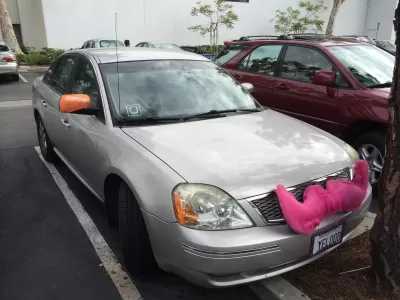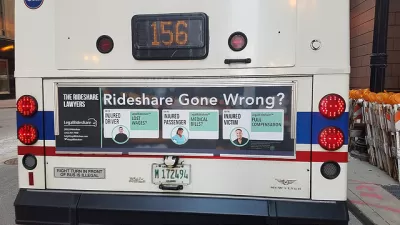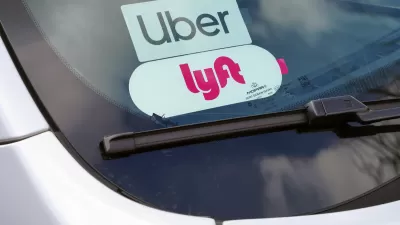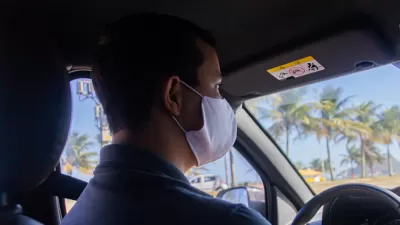New research shows that ride sharing contributes to increased congestion and decreased transit ridership.

"While ride-sharing has been credited with being more environmentally friendly than taxis and private vehicles," a new study from the the Future Urban Mobility (FM) Interdisciplinary Research Group (IRG) at Singapore-MIT Alliance for Research and Technology (SMART), MIT, and Tongji University assessing the impacts of ride-sharing on urban mobility in the U.S. found that "the entrance of TNCs [Transportation Network Companies] led to increased road congestion in terms of both intensity and duration." The study also found that public transit ridership decreased by 8.9 percent, while private car ownership experienced an "insignificant decrease of only 1 percent."
The study concluded that "easy access to ride-sharing discourages commuters from taking greener alternatives, such as walking or public transportation," and that "approximately half of TNC trips would otherwise have been made by walking, cycling, public transport, or would not have been made at all."
"The researchers think that the substantial deadheading miles (miles traveled without a passenger) by TNCs could contribute to the TNC’s negative impact on road congestion. According to some other studies, approximately 40.8 percent of TNC miles are deadheading miles." The study's authors hope that their findings "can be very useful in supporting transportation planners and policymakers in their decisions and regulations with regard to TNCs."
FULL STORY: Study finds ride-sharing intensifies urban road congestion

Study: Maui’s Plan to Convert Vacation Rentals to Long-Term Housing Could Cause Nearly $1 Billion Economic Loss
The plan would reduce visitor accommodation by 25,% resulting in 1,900 jobs lost.

North Texas Transit Leaders Tout Benefits of TOD for Growing Region
At a summit focused on transit-oriented development, policymakers discussed how North Texas’ expanded light rail system can serve as a tool for economic growth.

Why Should We Subsidize Public Transportation?
Many public transit agencies face financial stress due to rising costs, declining fare revenue, and declining subsidies. Transit advocates must provide a strong business case for increasing public transit funding.

How to Make US Trains Faster
Changes to boarding platforms and a switch to electric trains could improve U.S. passenger rail service without the added cost of high-speed rail.

Columbia’s Revitalized ‘Loop’ Is a Hub for Local Entrepreneurs
A focus on small businesses is helping a commercial corridor in Columbia, Missouri thrive.

Invasive Insect Threatens Minnesota’s Ash Forests
The Emerald Ash Borer is a rapidly spreading invasive pest threatening Minnesota’s ash trees, and homeowners are encouraged to plant diverse replacement species, avoid moving ash firewood, and monitor for signs of infestation.
Urban Design for Planners 1: Software Tools
This six-course series explores essential urban design concepts using open source software and equips planners with the tools they need to participate fully in the urban design process.
Planning for Universal Design
Learn the tools for implementing Universal Design in planning regulations.
City of Santa Clarita
Ascent Environmental
Institute for Housing and Urban Development Studies (IHS)
City of Grandview
Harvard GSD Executive Education
Toledo-Lucas County Plan Commissions
Salt Lake City
NYU Wagner Graduate School of Public Service





























